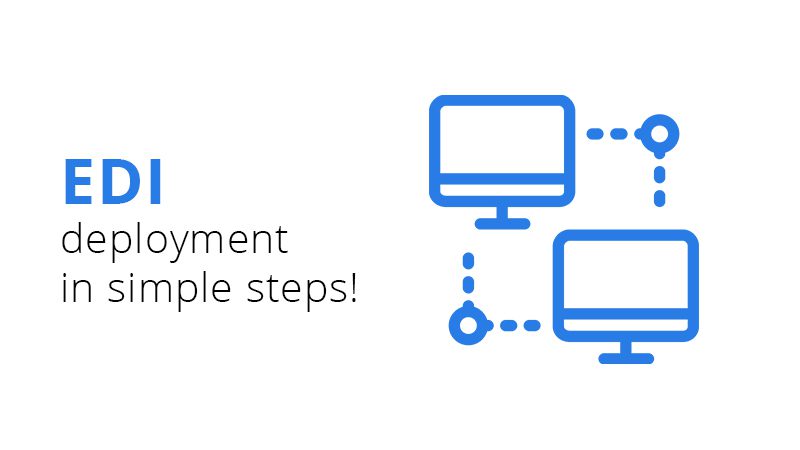On the one hand, we have all heard stories about deployment cases that required a lot of time and money, but their results were uncertain. On the other hand, EDI is a guarantee for a great ROI, but, for this to happen, the process should be broken down and reviewed in detail in order for the objectives to be defined and the key areas for improvement to be identified.
The points below have an impact on EDI deployment and require your attention.
- Carefully review your core ERP or POS system to define what kind of information it can process, generate and import.
- Screen all your supply chain partners to identify those who can use EDI, as well as what EDI transactions they need.
- Perform a gap analysis to find out what kind of information is available, and what information is required for your EDI transactions, based on your business requirements.
- Create a sequence diagram that will show the data flow at each and every step of the deployment. This will allow you to define which business processes are affected, as well as where exactly your data will go.
- Carefully select your vendor to ensure that all steps will be properly executed -from the initial choice through to the deployment, customization and overall support.
- Inform your partners about the EDI deployment and launch.
- Prepare a schedule and set the key timelines for the launch.
- Start the final system testing process.
Throughout the process, the EDI deployment team should review and analyze all the areas of resistance, i.e. the areas where the deployment of the system may have a high impact on existing business processes, which may result in reactions by the staff. In this case, management should act carefully and engage the employees in the overall process.



Comments are closed.